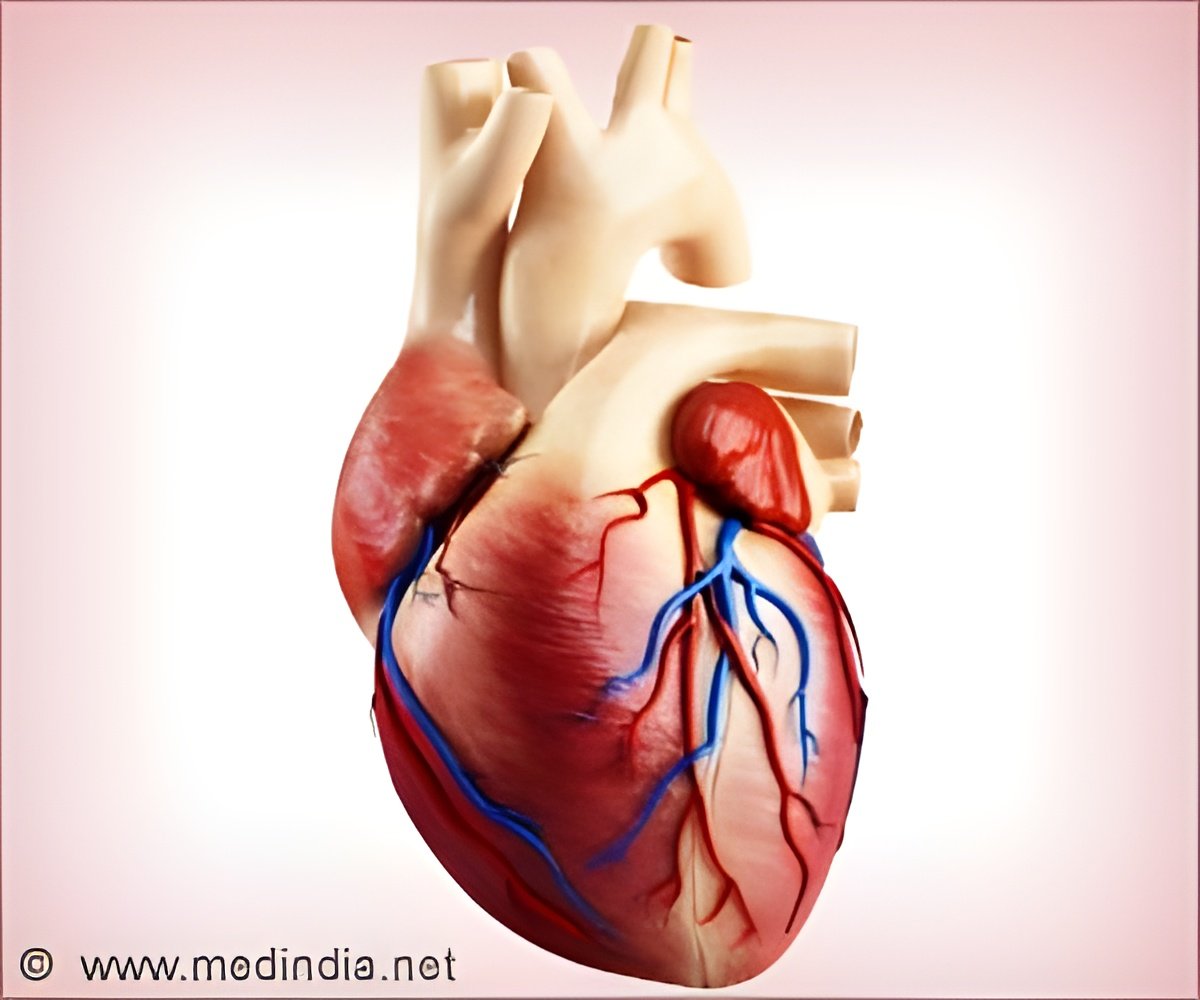
It was cardiologist and engineer Professor Rolf Vogel from the University of Bern, who four years ago had the initial idea of using an automatic wristwatch mechanism to make use of the energy of heart motion. "The heart seems to be a very promising energy source because its contractions are repetitive and present for 24 hours a day, 7 days a week," Zurbuchen said. "Furthermore, the automatic clockwork, invented in 1777, has a good reputation as a reliable technology to scavenge energy from motion."
To develop this prototype all unnecessary parts of the watch were first removed to reduce weight and size. Then a custom-made shell with eyelets that allows suturing the device directly onto the myocardium was constructed. The prototype works the just as it would on an individual's wrist. On exposure to an external acceleration, the eccentric mass of the clockwork starts rotating. This progressively winds a mechanical spring. Once the spring is fully charged it unwinds and thereby spins an electrical micro-generator.
An electronic circuit was developed to transform and store the signal into a small buffer capacity. The system was then connected to a custom-made cardiac pacemaker and works in three steps. First, the harvesting prototype acquired energy from the heart. Second, the energy was temporarily stored in the buffer capacity. And third, the buffered energy was used by the pacemaker to apply minute stimuli to the heart.
Successful in vivo experiments on domestic pigs with the battery less system have allowed them for the first time to perform overdrive-pacing at 130 beats per minute. "We have shown that it is possible to pace the heart using the power of its own motion. The next step in our prototype is to integrate both the electronic circuit for energy storage and the custom-made pacemaker directly into the harvesting device. This will eliminate the need for leads," Zurbuchen said.
The research was presented at European Society of Cardiology(ESC)Congress in Barcelona.
Advertisement










